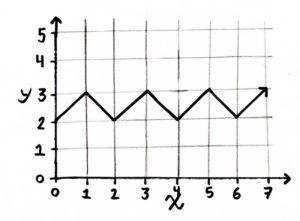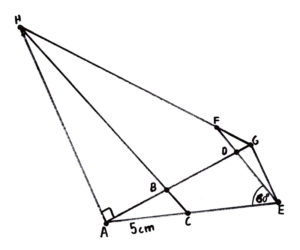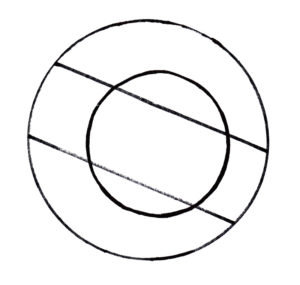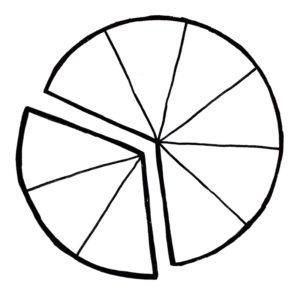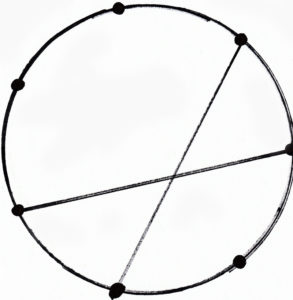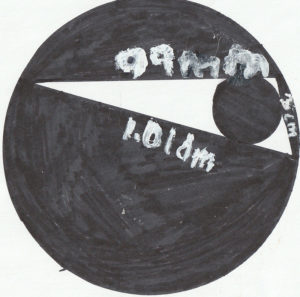To solve this challenge, you will need to use geometry, trigonometry, and algebra, to do pathmaking.
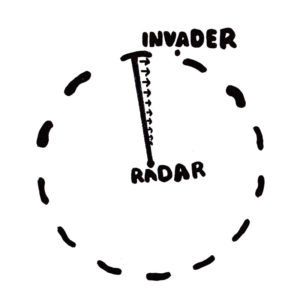
You are working for the government as a mathematician and they tell you of a problem. There is a plan afoot to compromise an enemy radar station. It is critical that the invading crew member is undedected, as the enemy must not know that their radar is sending them misinformation. However, the radar has a range of 100 metres and completes a rotation every 12 seconds. The fastest crew member can only sprint at 7 metres per second with their toolkit. Because of the radar’s length and rotation speed, it is nearly impossible to disable it undetected. None of the simple strategies work. The challenge is to find a path that the invader can take without being detected.

